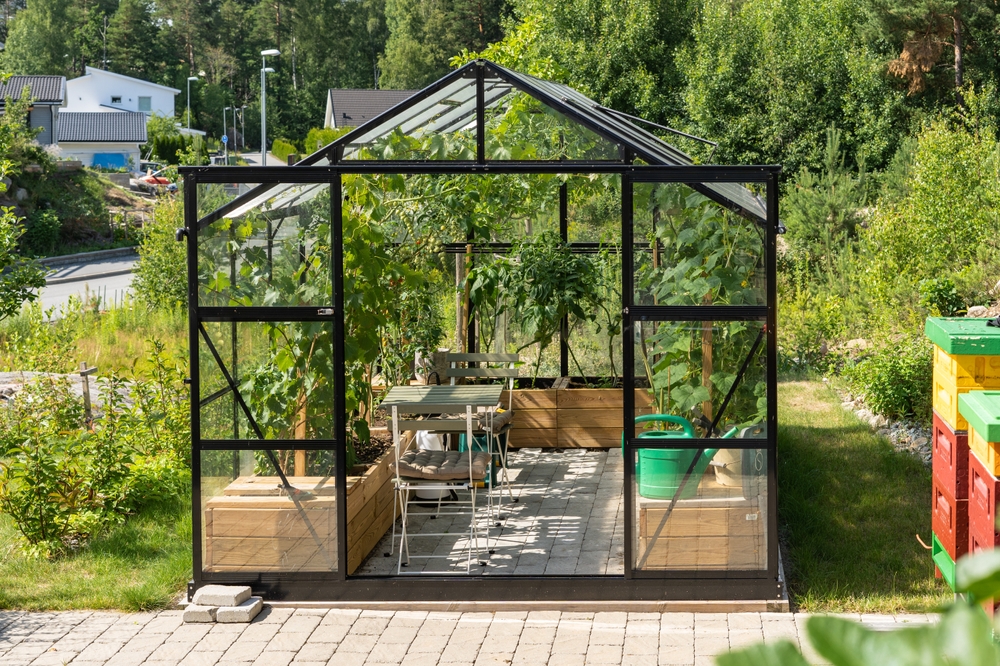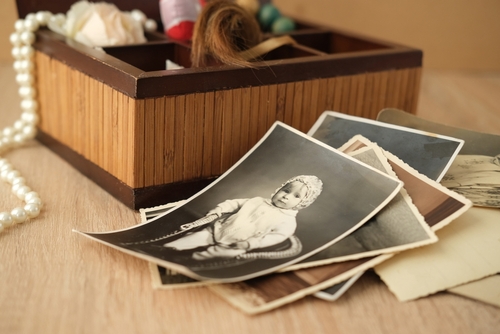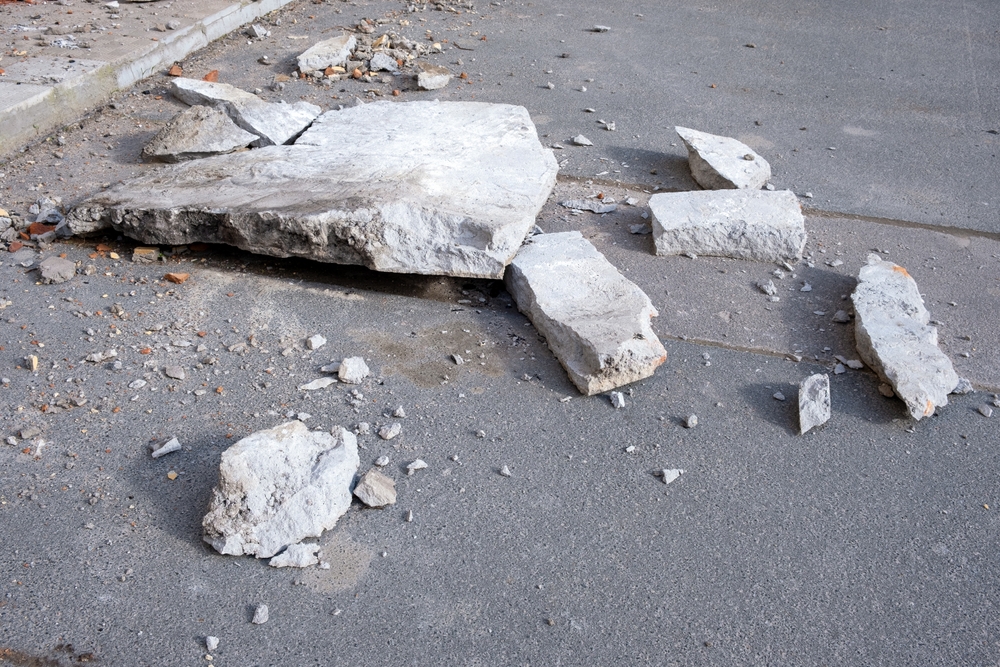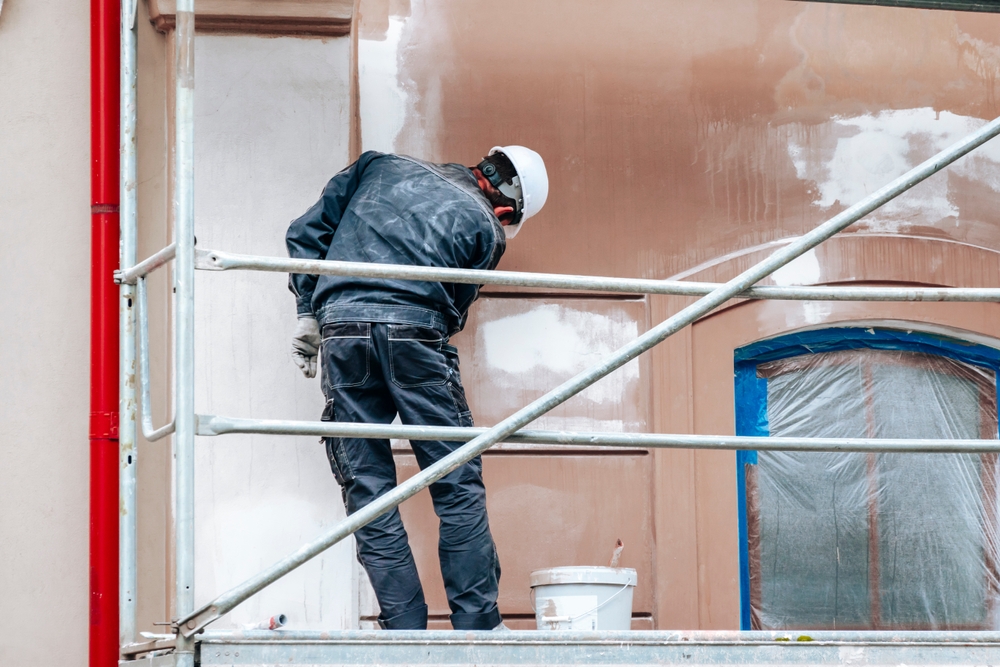May 13, 2024 - Benjamin Ehinger
Decluttering Sentimental Items: A Guide to Letting Go with Care
CALL NOW 844-762-8449
Decluttering sentimental items often feels like an emotional journey rather than a simple tidying task. It’s about sorting through personal history, sifting memories, and confronting the emotions attached to physical objects. The challenge is determining what to keep and what to part with, since every item might evoke a strong emotional response or carry significant memories. The process becomes not only about creating physical space in your home but also about making room for new experiences and growth.
The emotional weight that sentimental items carry can sometimes lead to indecision and keep them lingering in your home, unused and often stored away. However, managing sentimental clutter is essential for maintaining a balanced and organized living space. By acknowledging the importance of the emotions involved and approaching the decluttering process with compassion and understanding, you can make decisions that honor your memories without being overwhelmed by possessions. This principle extends beyond physical items, as digital solutions enable you to preserve precious memories without the tangible clutter.
 When you decide to clear out items with sentimental value, it’s important to approach the task with a plan that allows you to sort, decide, and store effectively, creating more space and serenity in your home.
When you decide to clear out items with sentimental value, it’s important to approach the task with a plan that allows you to sort, decide, and store effectively, creating more space and serenity in your home.
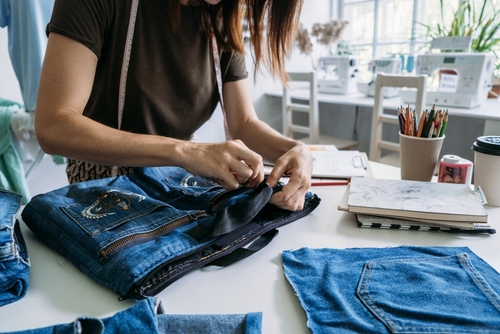 Repurposing and upcycling your sentimental items can transform them in meaningful ways. You can preserve memories while freeing up space or creating unique gifts that continue your legacy.
Repurposing and upcycling your sentimental items can transform them in meaningful ways. You can preserve memories while freeing up space or creating unique gifts that continue your legacy.
Key Takeaways
- Sentimental decluttering is as much an emotional task as a physical one.
- Recognizing emotions in the process is key to making thoughtful decisions.
- Digital preservation provides a clutter-free way to keep cherished memories.
The Psychology of Sentimental Clutter
When tackling the complex layers of sentimental clutter, it’s crucial to acknowledge its psychological impact and the reasons it accumulates. Sentimental items are often heavy with emotional attachment and memories, making the process of organizing deeply personal.Understanding Emotional Attachment
You may find that each piece of sentimental clutter has a story that tugs at your emotions. Emotional attachment to objects is a natural human response and can be linked to significant life events, relationships, and personal achievements. These physical items serve as tangible reminders of experiences and people you’ve cherished, essentially anchoring memories in your surroundings.The Role of Nostalgia in Clutter
Nostalgia, a wistful longing for the past, can infuse objects with sentimental value. This emotion evokes memories, transporting you back to different times and places. While nostalgia can be a pleasant diversion, it often complicates your ability to separate from items that are no longer useful or that contribute to overwhelming clutter.Guilt and the Challenges of Letting Go
Guilt is a potent emotion impacting your decision-making process. You may feel guilty parting with gifts or family heirlooms, regardless of their practicality or your affection for them. The thought of being wasteful or the fear of losing a tangible connection to the past often hinder your ability to declutter effectively. Understanding this emotion is a crucial step towards overcoming the challenges of letting go.Principles of Decluttering Sentimental Items
Decluttering sentimental items can be a challenging yet rewarding process. Approach this task with a few methodical principles that will help you create a space that feels both organized and emotionally resonant.Marie Kondo’s ‘Spark Joy’ Concept
Marie Kondo’s method encourages you to consider each item’s emotional value by asking a simple question: Does this item spark joy? If the answer is yes, the item has a place in your life. If no, it may be time to express gratitude to the item for its service and let it go.Setting Limits and Creating Criteria
To prevent feeling overwhelmed, set clear limits for your sentimental items. Decide on a specific number to keep, like the five most cherished letters or the top ten family photos. Establishing criteria will give you a definitive guideline and simplify the decision-making process.The Art of Categorizing and Organizing
Begin by sorting your items into categories such as photos, letters, or keepsakes. Once categorized, you can decide how to best organize these items, whether it’s through digital scanning, scrapbooking, or storage solutions that honor their significance while keeping your space tidy.Practical Steps to Declutter
 When you decide to clear out items with sentimental value, it’s important to approach the task with a plan that allows you to sort, decide, and store effectively, creating more space and serenity in your home.
When you decide to clear out items with sentimental value, it’s important to approach the task with a plan that allows you to sort, decide, and store effectively, creating more space and serenity in your home.
Sorting and Categorizing Items
Begin by categorizing your items into types, such as photos, letters, and mementos. Create clear zones for sorting and use labels or boxes to keep similar items together. This step will help you see exactly what you have and will make the next steps more manageable.Deciding What to Keep
Next, evaluate each item for its sentimental value and utility. Ask yourself specific questions: Does this object spark joy or bring up valuable memories? Have you used it in the past year? If an object is meaningful but not something you use, consider keeping just a piece of it or taking a photo to preserve the memory without taking up valuable storage space.Storing or Displaying Kept Items
For the items you decide to keep, choose storage solutions that respect the item’s significance and keep it in good condition. Display items that bring you joy where you can appreciate them, and store the rest in clearly labeled containers in a designated area to prevent overflow and maintain a clear, organized space.Dealing with Specific Sentimental Items
When addressing sentimental clutter, it’s essential to handle each category with care. Below, you’ll find targeted strategies for photographs and artwork, clothing and heirlooms, and various paper memorabilia, ensuring you preserve your memories while reclaiming your space.Photographs and Artwork
Photographs: Whether they’re loose snapshots or framed moments, photos can quickly accumulate. Prioritize by first saving those with significant emotional value. Consider digitizing your photo collection to reduce physical space and create a safeguard against loss. For your treasured artwork, select a few pieces to display, and gently part with the rest.- Digitization Steps:
- Scan or take clear photos of the items.
- Store digital copies in multiple locations (cloud, external drives).
Clothing and Heirlooms
Clothing: Sentimental clothing items, like a wedding dress or a vintage coat, can be repurposed or donated to extend their lifecycle. For example, you might turn part of a dress into a decorative pillow or a christening gown for future generations.- Repurposing Ideas:
- Create quilt squares from various fabrics.
- Transform garments into unique household items.
Books, Letters, and Handwritten Notes
Books: Retain volumes that have been read repeatedly or hold special inscriptions. It’s preferable to share or donate others so they can bring joy to new readers. Letters and Handwritten Notes: These intimate keepsakes often contain irreplaceable memories. Create a dedicated binder or box for the most heartfelt ones and consider scanning others that you’re ready to release physically.- Organization Tips:
- Use acid-free folders or sleeves to preserve materials.
- Categorize and label for easy retrieval.
Repurposing and Upcycling
 Repurposing and upcycling your sentimental items can transform them in meaningful ways. You can preserve memories while freeing up space or creating unique gifts that continue your legacy.
Repurposing and upcycling your sentimental items can transform them in meaningful ways. You can preserve memories while freeing up space or creating unique gifts that continue your legacy.
Crafting with Sentimental Items
Fabrics: Take old T-shirts and turn them into a cozy quilt or pillow covers. This way, you can keep the memories close and have a functional use for them. Jewelry: Small items like badges or coins can be incorporated into custom jewelry pieces, ensuring that these mementos aren’t locked away but are instead part of your daily life.Donating and Gifting
Books and Toys: Sometimes, items from your past can become valuable gifts for others. Consider donating old books and toys to libraries or children’s hospitals, where they can bring joy to others and continue their story. Furniture: An old dresser or table can be refurbished and given a fresh life, potentially becoming a cherished piece in another’s home. It’s a way to extend your items’ legacy while also being environmentally conscious.Digital Solutions for Preservation
In today’s digital age, preserving your sentimental items can be done effectively through digitization, safeguarding your memories while decreasing physical clutter. By converting physical items like photographs and documents to digital forms, you create lasting records that are easily stored, shared, and can be creatively displayed through digital scrapbooks.Digitizing Photos and Documents
To digitize your old photos and important documents, begin by using a scanner or a high-quality camera to capture clear digital images. Organize the digital files in folders with descriptive names to ensure easy retrieval. By digitizing these items, you create a memory box in your computer or cloud storage, one that’s both space-efficient and within reach for whenever you wish to reminisce.- Photographs: Scan at a high resolution to maintain the quality.
- Documents: For handwritten letters and certificates, choose a format that preserves readability such as PDF.
Creating Digital Scrapbooks
Once your photos and documents are digital, you can create a digital scrapbook. This process involves selecting the best digital images and creatively compiling them using scrapbooking software. Digital scrapbooks allow for dynamic layouts and adding multimedia elements such as audio or short video clips.- Select Software: Choose scrapbooking software that suits your skill level and creative needs.
- Design Pages: Mix photographs, text, and embellishments on digital pages to tell your stories.
- Share Memories: Share your scrapbook with family and friends through cloud links or digital albums.
When to Seek Professional Help
In the journey of decluttering sentimental items, there comes a time when you may need to enlist external help. If you feel overwhelmed, unable to start or progress due to the emotional attachment to your items, professional assistance can provide the motivation and structured approach needed for healing and reclaiming your space.Hiring a Professional Organizer
Professional Organizers can guide you through sorting your belongings efficiently. They are trained to help:- Assess: Determining what to keep or discard without sacrificing sentimental value.
- Organize: Developing systems to keep your treasured keepsakes without clutter.
Therapeutic Support for Decluttering
Therapy can be vital if your sentimental clutter is linked to deeper emotional issues. A therapist specializing in organizational psychology can aid in:- Understanding Emotions: Clarifying why you cling to certain items can be a form of healing.
- Moving Forward: Equipping you with strategies for letting go and preventing future accumulation.
Frequently Asked Questions
When you’re facing the challenge of decluttering items that have sentimental value, it’s natural to have questions about how to proceed without undermining the memories and emotions attached to them. This section addresses common concerns and provides actionable advice.How can one effectively declutter items with sentimental value without feeling guilty?
You can declutter sentimental items without guilt by acknowledging the memories associated with them and understanding that your memories will remain even without the physical object. Consider taking a photograph or writing a note about the item’s significance before letting it go.What strategies can be used to part with possessions that hold emotional significance?
Begin by sorting items into categories and decide on keeping only what truly brings you joy or has a practical use. Establish criteria for what to keep, such as the item’s uniqueness or the frequency of its use. Introduce a letting go ritual that can make parting with these items more meaningful.Are there approaches to distinguish between meaningful and non-essential sentimental items?
To differentiate between meaningful and non-essential sentimental items, ask yourself questions about each item’s significance, such as “Does it bring me joy?” or “When was the last time I used or admired this item?” This process can help you identify the truly significant from mere clutter.How can individuals emotionally prepare to let go of possessions with sentimental attachments?
Prepare emotionally to release sentimental items by understanding the decluttering process as an opportunity for growth and renewal. Reflect on the reasons you’re decluttering, such as creating more space or simplifying your life, to reinforce the positive aspects of letting go.What are the psychological impacts of holding onto versus discarding sentimental possessions?
Holding onto too many sentimental items can create clutter and stress, whereas discarding them can lead to a feeling of relief and freedom. Overattachment may cause discomfort, so by decluttering, you’re allowing yourself to move on and make room for new experiences.In what ways can people preserve the memories of sentimental items without keeping the physical object?
To preserve memories without the physical item, you can create a digital archive such as a photo album or a memory box with smaller representative items. You might also repurpose or upcycle materials from sentimental items to keep part of them with you in a new form.RECENT BLOGS
Our Reviews
Glenda Lanier Prowell
1721758635
I have ordered an 11 yard dumpster to be delivered to my house.Lonier was extremely helpful and answered all my questions. The rate was very reasonable.
Cedric Smikle
1721660395
Amber was extremely professional and courteous. She answered all of my questions and even some that I didn’t know I needed to ask.
Cait Kaider
1721243051
I highly recommend Waste Removal USA for their responsiveness and how the staff work hard to provide exceptional customer service. They have done well by us and our clients. Thank you!
Easom Family
1721223306
Louiner Pierre-Louis Is awesome! Did a great job. Will definitely be using this same company for all my dumpster needs because of his awesome customer service! Thank you!!!
tabitha Vazquez
1720539988
Wonderful and fast customer service!
LATEST BLOGS
